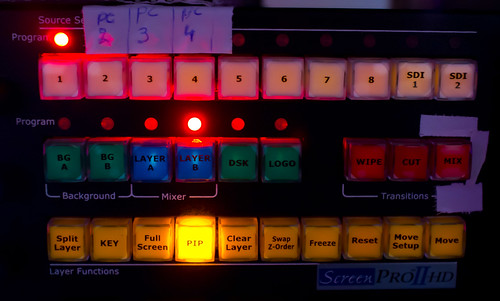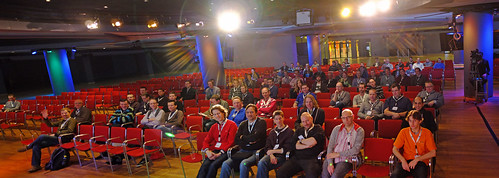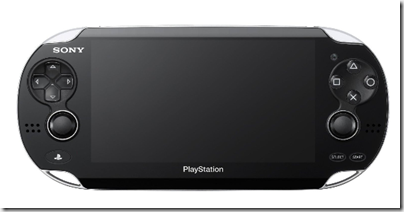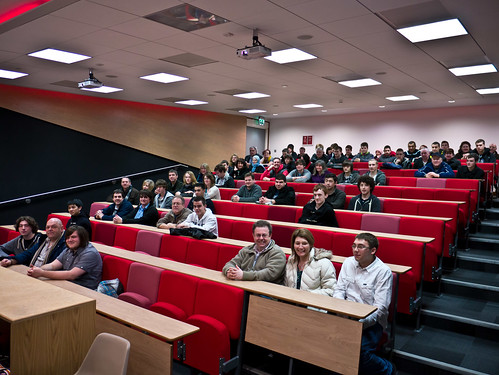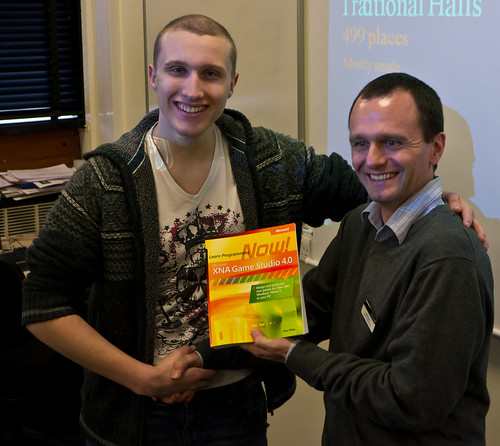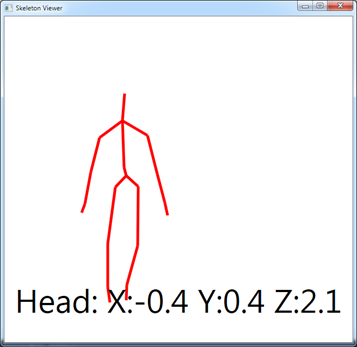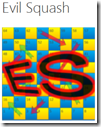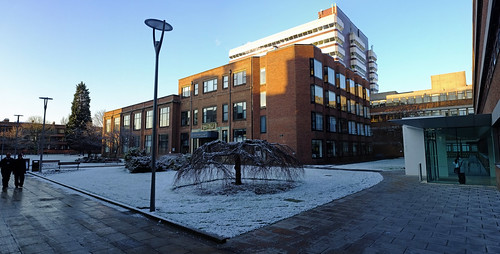
A big audience to fail in front of….
What do you do when you present a session and every demonstration fails? I didn’t know this until today. The answer is that you reach the end and then you go and find out why.
I was doing a Kinect session for Geek Night today. This was kind of ambitious, what with carrying the sensor around all over the place. So I’d tested everything before I set off, and I was confident that it would all work on the night.
It didn’t.
I was very happy when the first demo worked, but I can’t take too much credit for that because it was the demonstration application that ships with the SDK. As soon as I moved onto my code that problems began. Programs that just worked suddenly locked up before my eyes. All of them.
It took me a while to figure out what had happened. As in the case of most big failures, it was a collection of little things that added up to make a catastrophe. First thing was that I was using my lovely little Alienware netbook rather than the “Big Ole Dell” that I usually use. The main reason I took the Alien was that it made room in the case for the Kinect sensor. That and the way the keyboard lights up. It is just powerful enough to run the demos, but just powerful enough is fine. Except today it wasn’t.
Something has mysteriously turned all my overclocking settings back down to normal. I turned them on ages ago when I got the device and forgot all about them. Today, after a lot of head scratching, I checked in the BIOS and there they all were. Back where they shouldn’t be.
A bit of tweakage and all is well. I’ve even tried flipping to the built in high performance graphics, which also helps (but also breaks the Windows Phone emulator – so I don’t usually use it).
I’m kicking myself for not testing the demos on site this afternoon when I had a bit of free time, but I assumed that since they worked before they’d work again.
Oh well. Everybody at the session seemed to have a good time. Except me.

